PHP Read More
Read more at https://www.phpclasses.org/package/11043-PHP-Cut-a-text-to-be-displayed-partially-up-to-a-limit.html#2019-01-18-22:19:01
CSS Grid Layout Generator – Create complex grids with this visual tool.
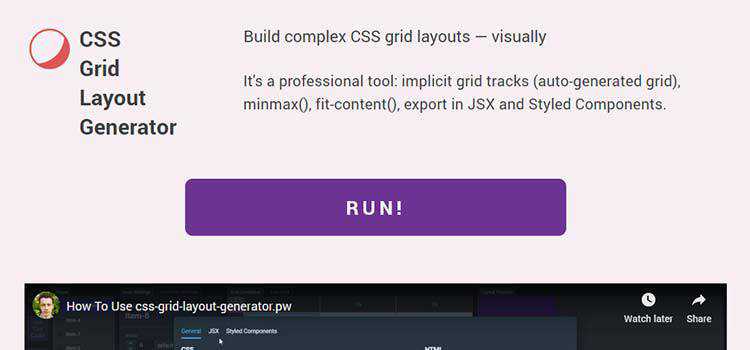
When And How To Use CSS Multi-Column Layout – A look at this little-used alternative to Flexbox and CSS Grid.
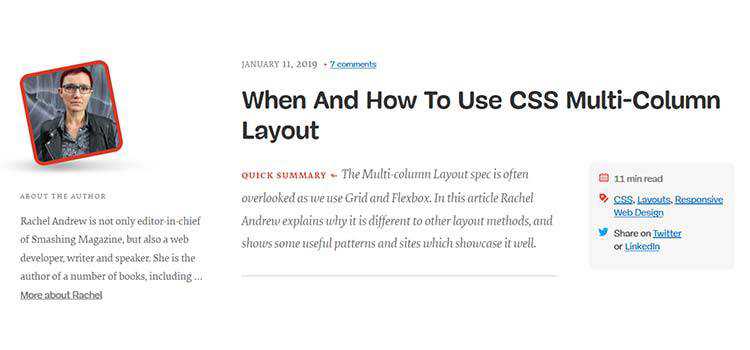
Incredible Code Snippets Inspired by Music – Creative examples that let you make music.
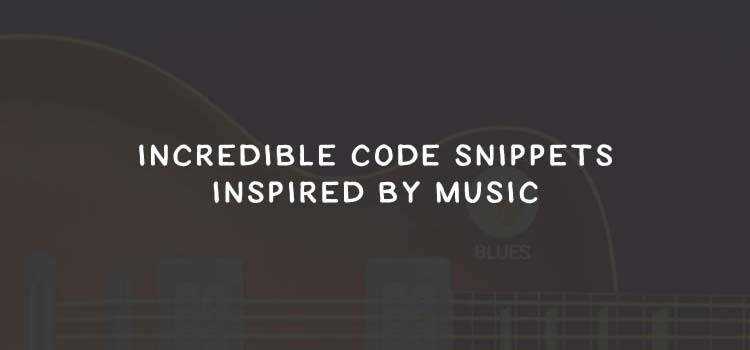
The internet, but not as we know it – A look at life online in China, Cuba, India and Russia.
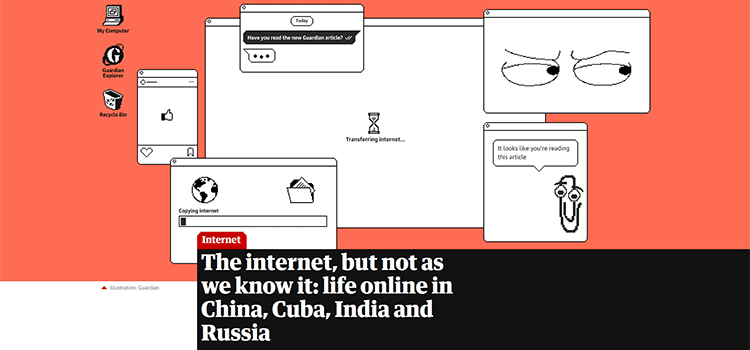
Destyle.css – An “opinionated” CSS reset library.
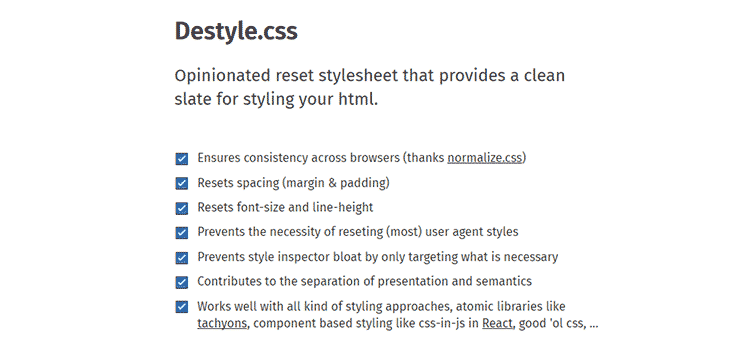
Manrope – A free geometric sans-serif font family.
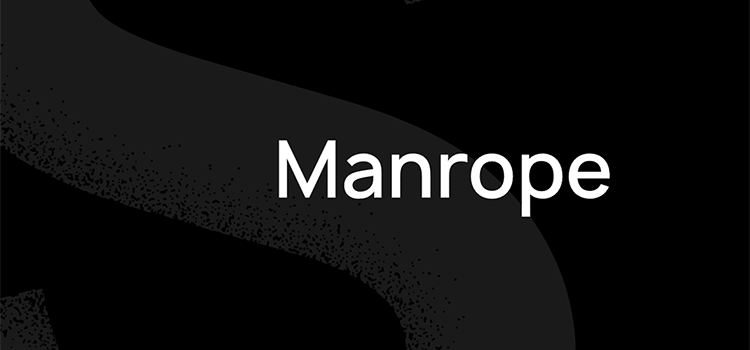
Front-End Performance Checklist 2019 – An updated resource for building blazing-fast websites.
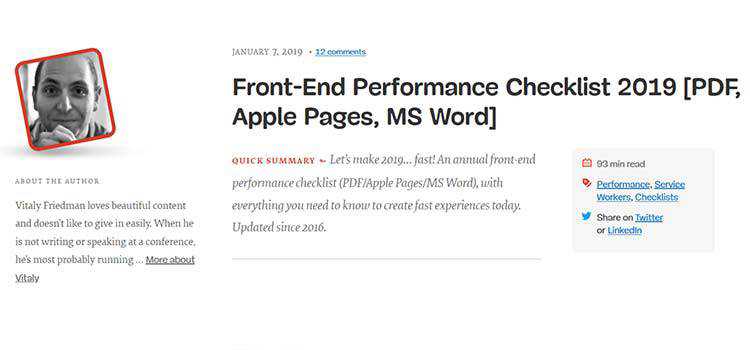
The Case for Slowing Down the Design Process – How a slower pace can help you to produce a better final product.
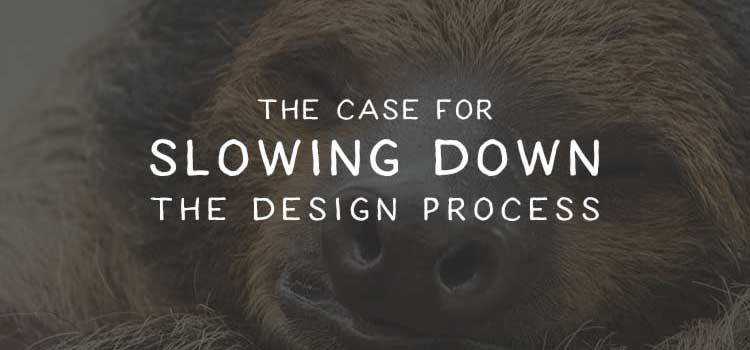
An introduction to CSS Containment – Learn about this new standard, meant to improve browser performance.
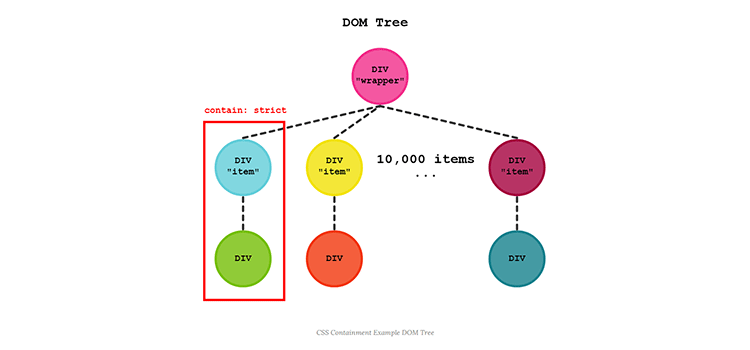
2018 JavaScript Rising Stars – A look at JS projects that were much-loved on GitHub.
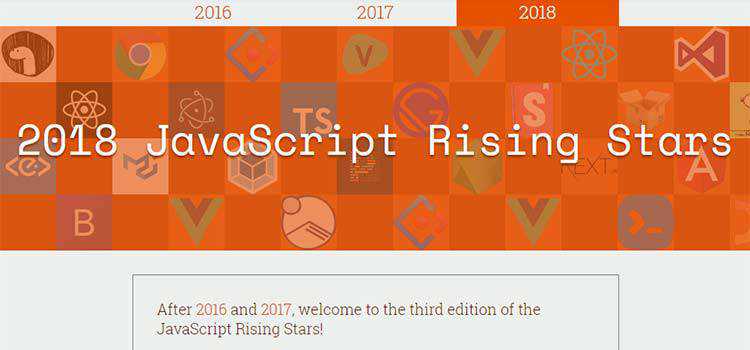
Controlling WordPress Through the Command Line with WP-CLI – An introductory look at this powerful tool for WordPress.

Anime.js – A lightweight JavaScript animation library.
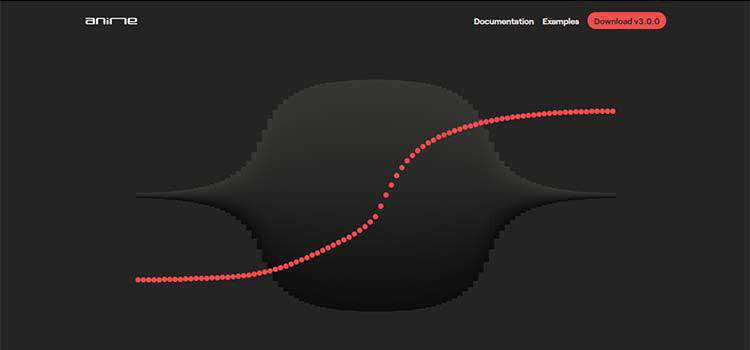
Designing the Flexbox Inspector – Discover the benefits of this new browser inspection tool from Firefox.
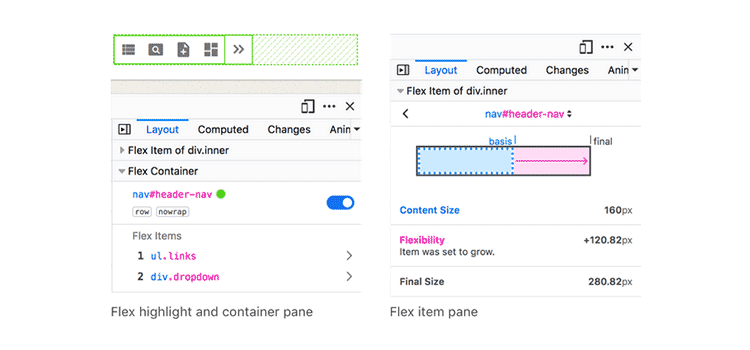
Why we need CSS subgrid – A look at potential uses for creating a grid-within-a-grid.
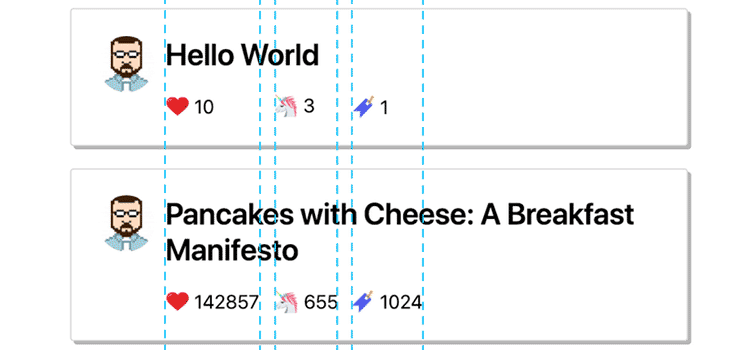
Undernet – A modular, configuration-first front-end framework.
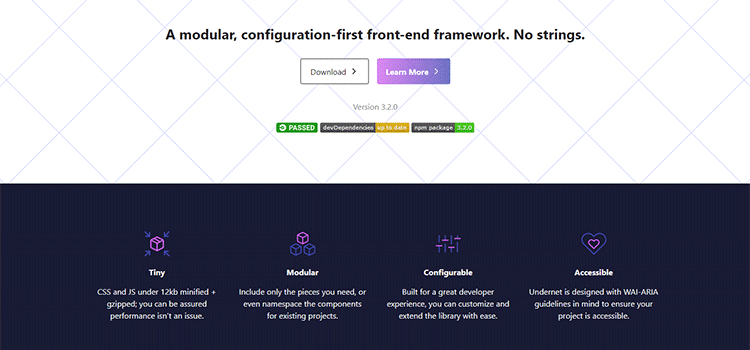
Strategies to Improve Your Site’s Conversion Rate in 2019 – Use these techniques to boost conversions this year.
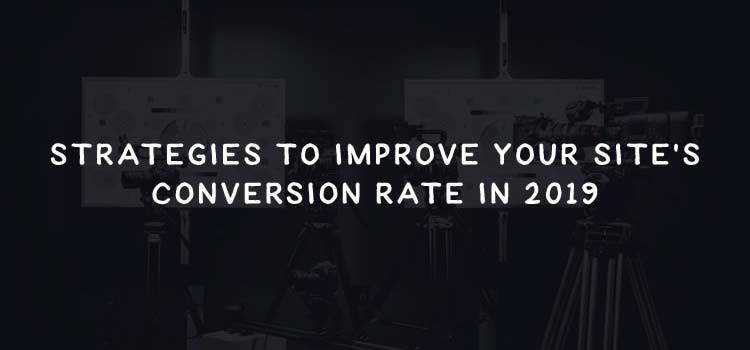
Follow Speckyboy on Twitter, Facebook or Google+ for a daily does of web design resources and freebies.
The post Weekly News for Designers № 471 appeared first on Speckyboy Web Design Magazine.
The unix file utility command uses a "magic" database to determine which type of data a file contains, independently of the file's name or extension.
Here is how I created a custom magic database for testing purposes:
At first I created some files to run the tests on:
<?php echo 'foo'; ?>Test 23Let's see what the standard magic database detects here:
$ file test.*
test.23: ASCII text
test.foo: PHP script, ASCII text
test.html: html document, ASCII text
$ file -i test.*
test.23: text/plain; charset=us-ascii
test.foo: text/x-php; charset=us-ascii
test.html: text/html; charset=us-asciiThe magic database contains the rules that are used to detect the type.
It's a plain text file with a rule on each line. Lines may refer to the previous line, so that rules can be combined. The full documentation is available in the magic man page.
Here is my simple file that detects "23" within the first 16 bytes of the file and returns the "text/x-23" MIME type:
0 search/16 23 File containing "23" !:mime text/x-23
We can already use it:
$ file -m my-magic test.23
test.23: File containing "23", ASCII textIf you want to use it many times, you should compile it to a binary file for speed reasons:
$ file -C -m my-magic
$ file -m my-magic.mgc test.*
test.23: File containing "23", ASCII text
test.foo: ASCII text
test.html: ASCII text
$ file -i -m my-magic.mgc test.*
test.23: text/x-23; charset=us-ascii
test.foo: text/plain; charset=us-ascii
test.html: text/plain; charset=us-asciiThe html and PHP files that have been detected properly earlier are not detected anymore, because my own magic database does not contain the rules of the standard magic file (/usr/share/misc/magic.mgc).
You may however pass multiple magic files to use, separated with a :
$ file -i -m my-magic.mgc:/usr/share/misc/magic.mgc test.*
test.23: text/x-23; charset=us-ascii
test.foo: text/x-php; charset=us-ascii
test.html: text/html; charset=us-asciiWith this knowledge, I wrote a magic file that detects the programming language in source code files, so that phorkie can automatically choose the correct file extension: MIME_Type_PlainDetect.
For the past years a lot of my focus has been on the (PHP) community. I've spoken at numerous conferences and usergroups. And although I've been cutting down on the amount of conferences, I've done more usergroups in the past year than in the years before that.
In December 2018, I've made a decision to cut down on this a bit more. This has nothing to do with not wanting to speak anymore, but more with an opportunity that has arisen that I want to take. I want to put 110% of my effort into this, which means I have to cut down on other activities that I'm doing. Speaking at usergroups and conferences is one of those things.
PHP has been my biggest hobby for the past 20+ years. It is great that I have been able to make it my job as well. Since quite a few years, I've picked up on something I've been interested in for years. I've started doing live radio. My first radio show was on the now discontinued Internet radiostation On Air Radio, after which I've moved on to another Internet radiostation IndieXL. Both times I did everything in my own little radio studio that I had built at home. It was a lot of fun.
My interest in radio already began when I was a teen. A Dutch morning show was also broadcasting on TV, so I was "watching radio" every morning. In the 90's, the Dutch radiostation KinkFM introduced me to an incredible amount of alternative music. KinkFM was the best radiostation I could imagine in terms of music, but also in terms of DJ's. People with an incredible passion for and knowledge of music. When the station was stopped by its owner in 2011, I was incredibly sad.
2 years ago one of the original founders of KinkFM saved the brand name from the company that at that time owned the name. While he wasn't planning to restart the station, the response he got was overwhelming, so he started researching his options. I got in touch and over a year ago I started doing a Spotify playlist for them called KLUB KINK.
Late last year, the announcement came: A new radiostation focussing on alternative music will be launched. Since FM is something nearly of the past, the name will now be KINK.
I have been asked to evolve my Spotify playlist into a podcast, and next to that, present a radioshow. After giving it some thought and looking at my schedule, I have decided to take this opportunity. I love doing radio, and to be able to do it for my all-time favorite radiostation is amazing. Starting on Thursday February 7, I will be doing a radioshow every Thursday from 7PM to 9PM.
Will I be completely gone from conferences and usergroups? Of course not! But as I mentioed earlier, I really want this to succeed, I want to give it 110% of my effort, and that means making tough choices.
Here's what was popular in the PHP community one year ago today:
Motion graphics oftentimes present a chance to step out of the ordinary and let your imagination go wild. In the context of graphic design, they are oftentimes used to strengthen the idea in a way no picture can.
Motion graphics trends, on the other hand, tend to be dictated by the latest innovations in the field of technology as well as pop culture movements.
As we’ve already stepped into the new year, now seems to be the right time to take a look at some of the motion graphics trends which are likely to remain hot throughout 2019.
Of course, it’s important to note that jumping on the bandwagon of any trend blindly is not recommended.
However, being aware of what’s currently catching the eye of the mainstream can help you improve your brand and better communicate the right message to your audience.
The proper usage of liquid motion enables the motion graphics designer to add an invaluable organic feel to the design. Instead of following the pattern of having clean transitions and movements, liquid motion disrupts it by adding flow-like liquid across the screen while adding beautiful splashes of dense colors.
This enables a seamless transition and transformations into new and compelling shapes, while also delivering impressive visuals along the way.
The below video by InfoTechBuz is a brilliant example of how powerful liquid motion graphics can be.
In continuation of the above, it’s worth pointing out that almost any motion design company looks to identify new and convenient ways to deliver a fluid user experience.
In this regard, interactions have definitely proven to be more than capable of achieving the above. We can see there’s a lot of buzz about micro-interactions and that an increasing number of proponents has started using them.
Micro-interactions are subtle animations created with the sole purpose of improving the user experience and help pin his attention to important objects.
Look at this simple example of a micro-interaction motion design by Sangmi Kim:
Naturally, this is just a very basic idea which aims to show you the concept of micro-interactions and how they can be used to intentionally navigate your user’s attention.
Pastel palettes are powerful. They invoke so much that it’s hard to encompass it into words. Their utility in motion graphics design is out of the question and is perhaps most strongly outlined by Apple. If you’ve used any of the new iPhones which have 3D touch, you’ve certainly seen this beautiful fish:
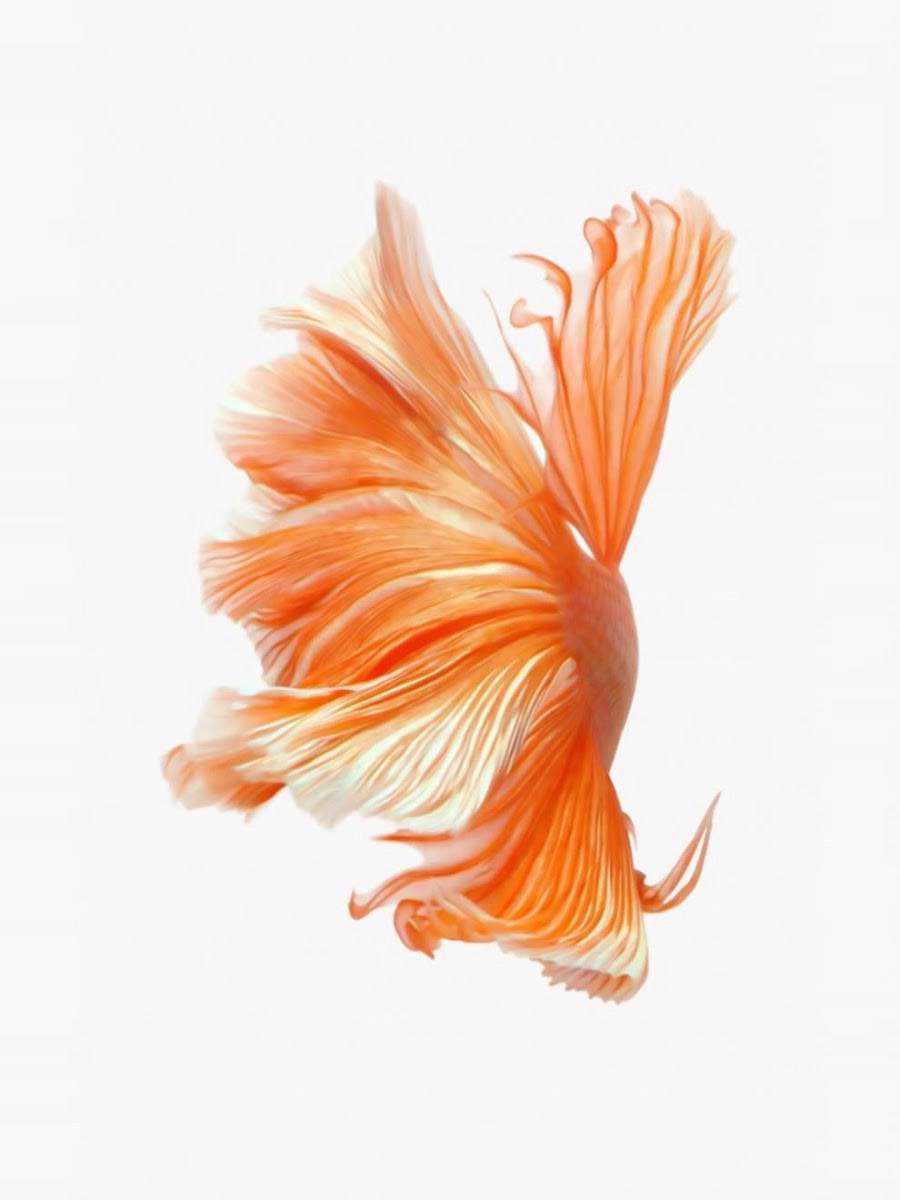
While it is, technically, a fish, you can see the beautiful job of using bright pastel palette. It creates a sense of elegance and calmness at the same time.
As soon as the animation takes place, you immediately see the gradual movement of the elements into a seamless and fluid motion.
A report by Adweek and Shutterstock outlined that glitch design has managed to enter almost every single aspect of branding, marketing, packaging, and, of course, motion design.
And when you think about it – it’s true. A broad range of different videos begins with a rather typical glitch effect such as a video stream which evokes a well-known static of your grandparents’ old TV.
The below video by Jebari Wooten perfectly exemplifies an introduction which takes advantage of motion graphics with a glitch effect.
The reasons for which it’s likely to stick around in 2019 is because it manages to encapsulate two particularly sought after vibes: these of the future and the past.
As we said in the beginning, trends tend to be dictated by developments in the field of technology. Well, 3D technologies provide creatives with opportunities which would otherwise be close to impossible to achieve.
3D is likely to be something that we will continue to see in 2019 across all industries, not just as a motion graphics trend.
However, we can definitely see motion design companies exploring brand new ways to combine 3D with 2D in order to create more complex visuals.
The following Google Cloud Navigation AI presentation outlines a successful usage of both 2D and 3D elements combined in a fluid motion to deliver a concrete point.
However, it’s also important to note that Augmented and Virtual Reality development is also something that’s likely to trend in 2019 and, as such, we expect to see more work done in this regard as well.
Motion graphics play an important role in any contemporary website and design of some sort. Hence, it’s important to stay up to date with what’s trending and what’s hot.
Of course, there are plenty of other interesting concepts and trends to look forward to in 2019, but the above are likely to continue occupying the central stage spots.
The post The 5 Major Motion Graphic Trends to Look Out For in 2019 appeared first on Speckyboy Web Design Magazine.